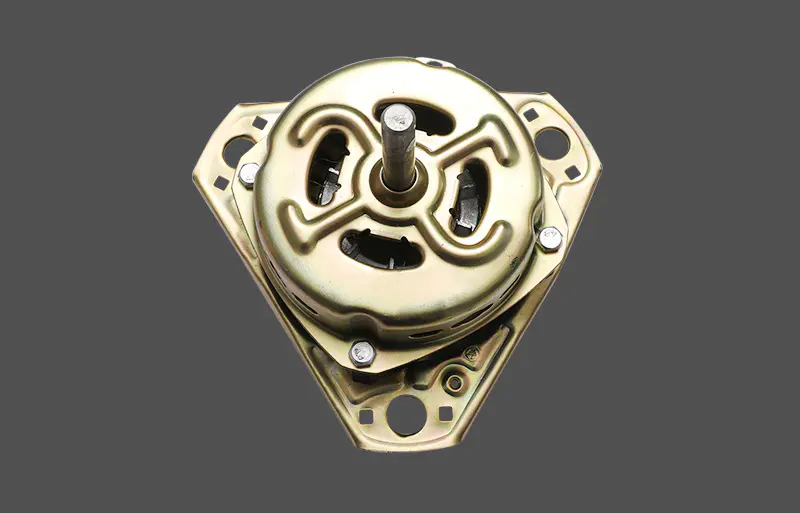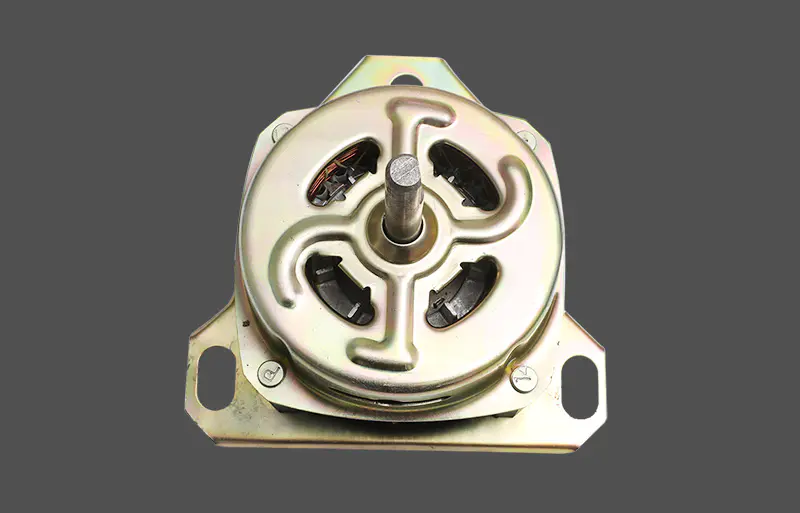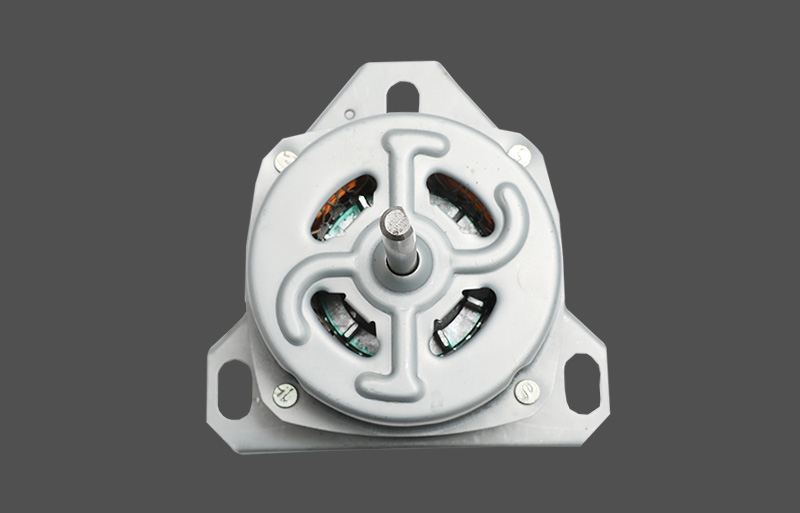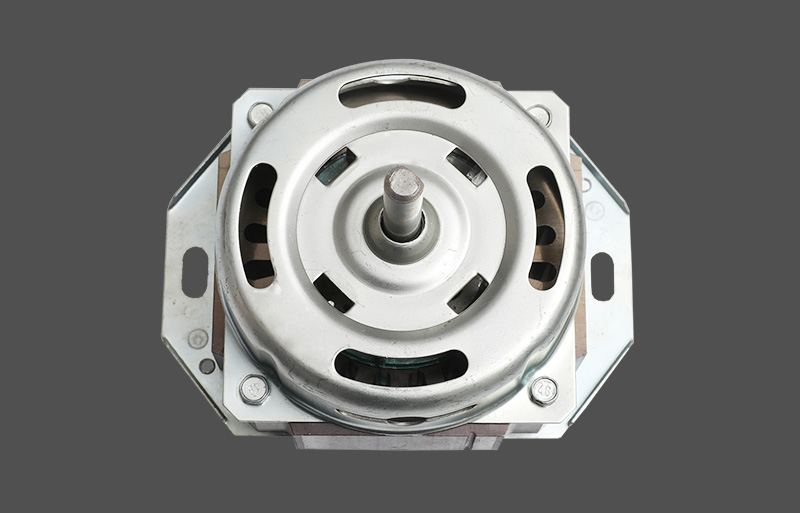In buildings, industries and homes, exhaust fans are core components of ventilation systems. The quality of their installation is directly related to the operating efficiency, service life and improvement of indoor air quality of the equipment. In addition, reasonable exhaust design will also significantly affect energy consumption and environmental protection.
Indoor space layout and airflow organization
Before installing the exhaust fan, the indoor space must be measured and evaluated in detail to ensure that the ventilation needs match the size of the space. This process should take into account factors such as the density of people in the space, the heat generated by the equipment, and the concentration of pollutants. Through scientific calculation and analysis, the model and number of exhaust fans are reasonably selected to ensure that the indoor air can circulate smoothly and avoid local poor ventilation or excessive ventilation.
Optimizing airflow organization is the key to improving ventilation efficiency. During the installation of the exhaust fan, the indoor airflow path should be fully considered to avoid short circuits or dead corners. By reasonably setting the position of the air inlet and outlet, the airflow can be evenly distributed, thereby effectively removing indoor pollutants and ensuring the health and comfort of users.
Building structure and safety requirements
The installation location of the exhaust fan must be selected in an area with a stable structure and sufficient load-bearing capacity. For heavy equipment or exhaust fans that need to be suspended, detailed load-bearing calculations must be performed to ensure the stability of the installation structure. In addition, in environments involving flammable and explosive substances, it is crucial to select exhaust fans with explosion-proof performance. During the installation process, relevant safety regulations should be strictly followed, and sufficient safety distance should be maintained around the equipment to avoid the approach of fire sources or high-temperature objects.
In humid or corrosive environments, selecting exhaust fans with anti-corrosion performance is an important measure to extend the service life of the equipment. Appropriate protective measures should be taken, such as coating anti-corrosion paint or using stainless steel materials, to enhance the durability of the exhaust fan.
Environmental noise and vibration control
Exhaust fans will inevitably generate noise during operation, which affects the indoor environment and the comfort of users. Therefore, when selecting exhaust fans, low-noise models should be given priority, and effective noise reduction measures should be taken, such as installing mufflers or using sound insulation materials to reduce the impact of noise on the environment.
In addition, vibration control should not be ignored. Vibration not only affects the operating stability of the exhaust fan, but may also cause potential damage to the building structure. During installation, ensure that the connection between the exhaust fan and the bracket is firm and reliable, and take vibration reduction measures, such as using shock pads or shock absorbers, to reduce the impact of vibration on the equipment and the environment.











